By Exfreight
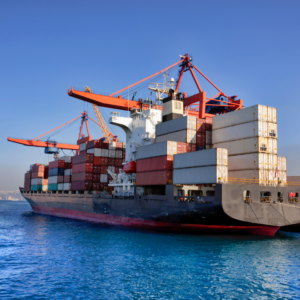
Ocean freight is one of the most widely used methods of transporting goods across the globe. It’s cost-effective, reliable for large shipments, and plays a crucial role in international trade. But how exactly does ocean freight work? In this blog post, we’ll break down the process, explain the different types of ocean freight, and guide you through how to optimize your shipping with Exfreight.
What is Ocean Freight?
Ocean freight refers to the shipping of goods by sea via large container vessels. This method of transportation is responsible for moving around 90% of the world’s goods, making it an essential part of the global supply chain. Whether you’re shipping raw materials, electronics, or even vehicles, ocean freight offers a cost-effective way to transport goods over long distances.
Ocean freight involves the use of shipping containers, typically 20 or 40 feet long. These containers hold various goods, ensuring that shipments arrive safely and in one piece. In addition to containers, bulk goods like crude oil, coal, and fuel may be shipped using specialized vessels.
How Does Ocean Freight Work?
1. Preparing Your Goods for Shipment
The first step in the ocean freight process is preparing your goods for shipment. This involves packaging your products either at the factory or through a third-party service. Items may be palletized to ensure they’re ready for easy handling and transportation.
2. Booking Space on a Container Vessel
Once your goods are ready, you’ll work with a freight forwarder (like Exfreight) to book space on a container vessel. Your freight forwarder will help you choose the best container type based on your shipment’s size and needs—whether it’s a Full Container Load (FCL) or a Less than Container Load (LCL).
3. Customs Clearance at the Origin
Before your goods can leave the port, they’ll go through a customs exam at the origin port. This process ensures that everything complies with regulations, and any necessary duties or taxes are paid. After clearing customs, the goods are loaded onto the container vessel.
4. Shipping the Goods
Once the goods are loaded onto the ship, they’re transported to the destination port. The length of this journey depends on factors like distance, weather, and port congestion. Generally, ocean freight can take anywhere from 30 to 40 days to transport goods across major routes, such as China to the United States.5. Customs Clearance at the Destination
Upon arrival at the destination port, your goods will go through another round of customs clearance. Duties, taxes, and any additional fees will be assessed before your goods are released.
6. Final Delivery
After clearing customs, your goods are delivered to the final destination. This could be a warehouse, a distribution center, or directly to your customer. Your freight forwarder will assist with the final delivery and help ensure everything runs smoothly.
Types of Ocean Freight Services
 Full Container Load (FCL)
Full Container Load (FCL)
When you have a large volume of goods to ship, FCL is the most efficient choice. FCL means your goods are shipped in a dedicated 20 or 40-foot container, with no shared space with other shipments. This is ideal if you have enough goods to fill an entire container, and it offers the fastest delivery time.
Less than Container Load (LCL)
If you’re shipping smaller quantities, LCL may be the right option. With LCL, your goods share container space with other shipments. While it’s more cost-effective for smaller volumes, LCL shipments generally take longer, and there’s a higher risk of damage or misplacement due to the additional handling involved.
Understanding Ocean Freight Rates
The cost of ocean freight depends on various factors, including the distance, the size of your shipment, and the shipping method. The key components that contribute to the total cost of ocean freight are:
Base Freight Rate
This is the basic cost of shipping your goods from the origin port to the destination port.
Bunker Adjustment Factor (BAF)
A surcharge that accounts for fluctuations in fuel prices. When fuel prices rise, this charge increases, impacting the overall shipping cost.
Currency Adjustment Factor (CAF)
This fee compensates for fluctuations in currency exchange rates. Since ocean freight involves international shipping, exchange rate volatility can affect pricing.
Terminal Handling Charges (THC)
These are fees charged by the port authorities for handling containers at both the origin and destination ports.
Surcharges
Additional fees may apply, such as those for hazardous materials, peak seasons, or congestion at ports.
While ocean freight is one of the most affordable ways to ship goods, the rates can still fluctuate based on these factors. By working with experienced freight forwarders like Exfreight, you can compare rates from multiple providers and find the most cost-effective solution for your shipments.
FAQs About Ocean Freight
What goods can be shipped via ocean freight?
Almost anything can be shipped by ocean, from electronics and clothing to liquid bulk goods like fuel or chemicals. However, items like hazardous materials, large machinery, or very heavy goods may require special handling or be restricted.
How long does ocean freight take?
The shipping time depends on the origin and destination, but ocean freight typically takes anywhere from 30 to 40 days. Delays can occur due to port congestion, weather, or customs clearance.
 What is the difference between FCL and LCL?
What is the difference between FCL and LCL?
FCL (Full Container Load) means your goods occupy an entire container, making it a faster and more secure option for large shipments. LCL (Less than Container Load) involves sharing container space with other shipments, which is ideal for smaller loads but can be slower and riskier due to additional handling.
Are there any restrictions for shipping by ocean freight?
There are some goods that may be restricted, such as hazardous or flammable materials. Your freight forwarder can help guide you on what can and cannot be shipped by ocean.
How do I calculate the cost of ocean freight?
The cost depends on the size and weight of your shipment, the shipping method, and the distance traveled. Additional charges, such as BAF, CAF, and THC, can also impact the final cost.
FAQs About Exfreight
What services does Exfreight offer?
Exfreight offers a range of ocean freight services, including FCL and LCL shipping, customs clearance, cargo insurance, and tracking. We work with top-tier freight forwarders to ensure the best service at competitive rates.
How can Exfreight help me with ocean freight shipping?
Exfreight makes it easy to manage your ocean freight shipments. We provide instant quotes, compare rates from multiple providers, and assist with all the logistics of shipping. Our platform ensures you get the best deal while ensuring your goods are handled safely and securely.
How do I get a quote from Exfreight?
Getting a quote from Exfreight is simple. Just visit our website and input your shipment details, and we’ll provide you with instant quotes from our network of trusted providers.
Does Exfreight handle both small and large shipments?
Yes, Exfreight handles both small and large shipments. Whether you need LCL shipping for smaller loads or FCL shipping for larger quantities, we have the expertise to manage your freight efficiently.
Ocean freight remains a vital mode of transport for global trade, and understanding how it works can help you optimize your shipping process. Whether you’re shipping large or small quantities, Exfreight is here to help you navigate the complexities of ocean freight and find the most cost-effective solutions for your business. Reach out today for personalized assistance with your next shipment!

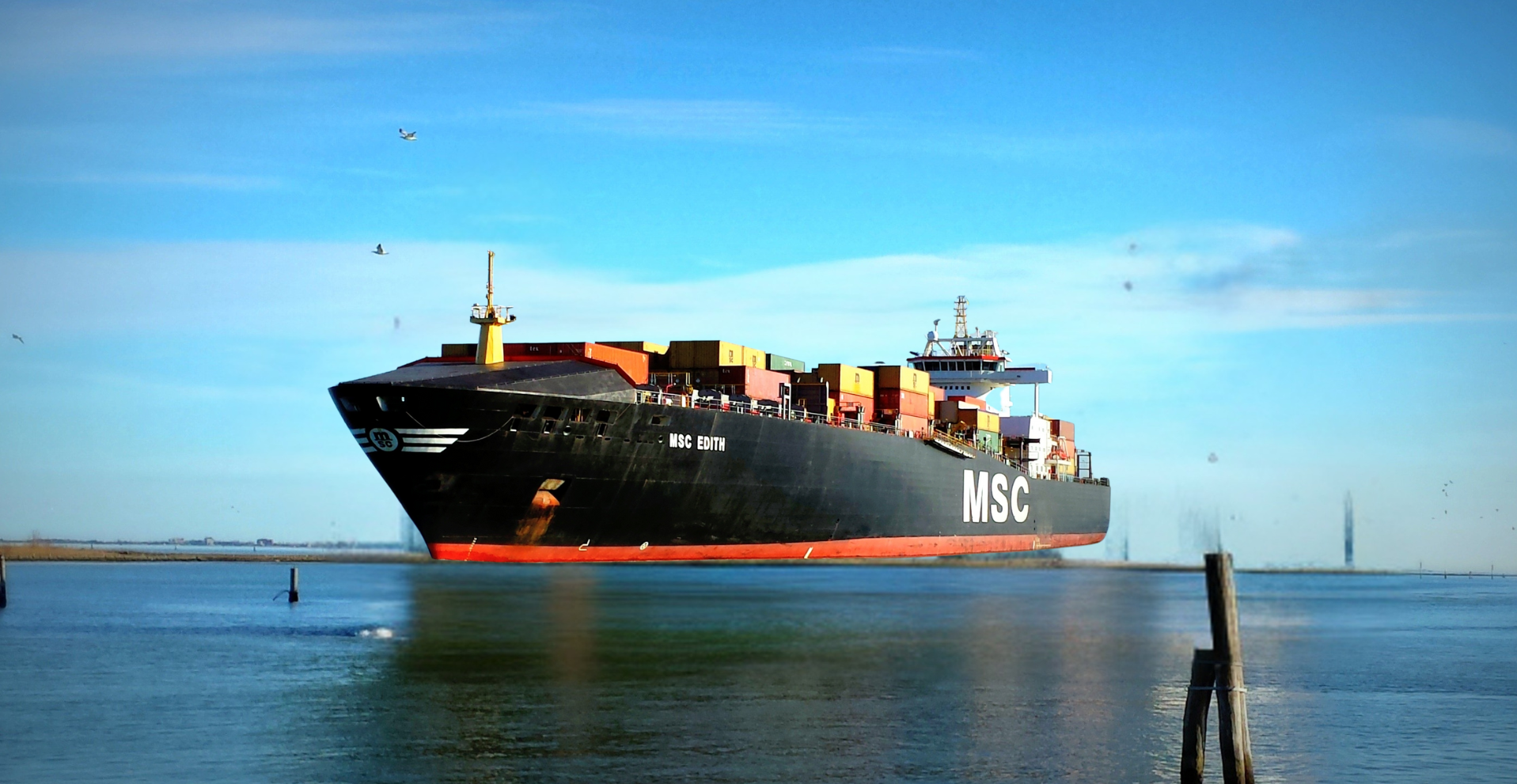
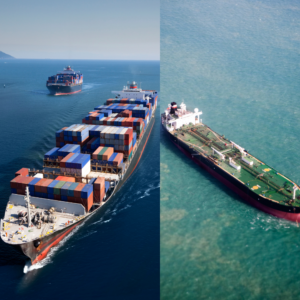
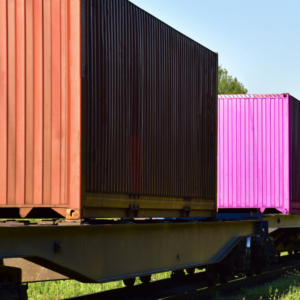 Full Container Load (FCL)
Full Container Load (FCL)
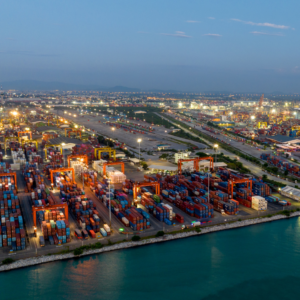 What is the difference between FCL and LCL?
What is the difference between FCL and LCL?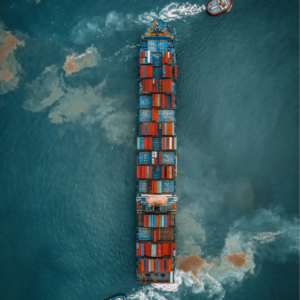

Leave A Comment
You must be logged in to post a comment.